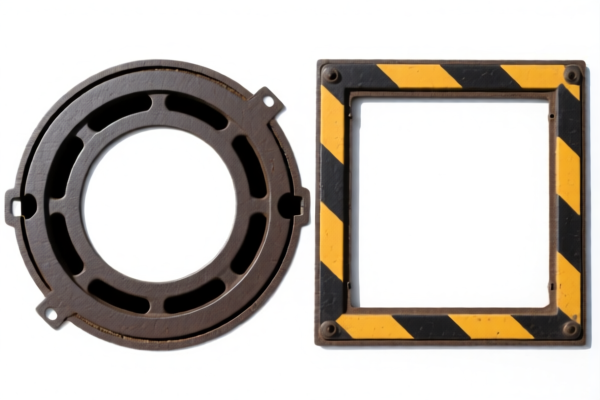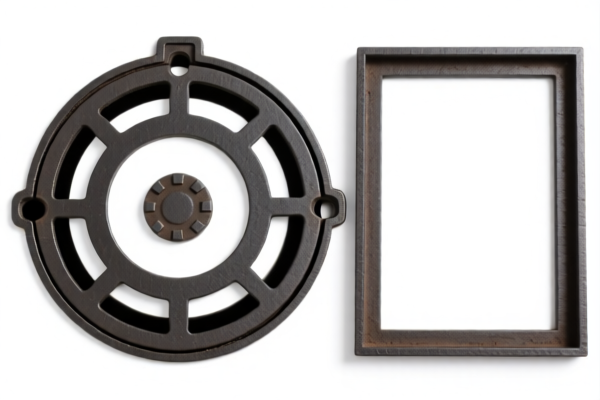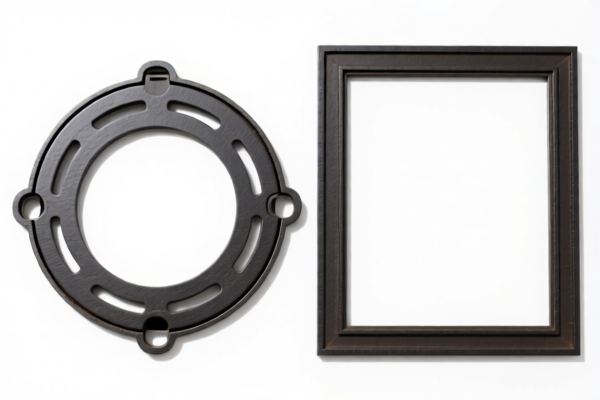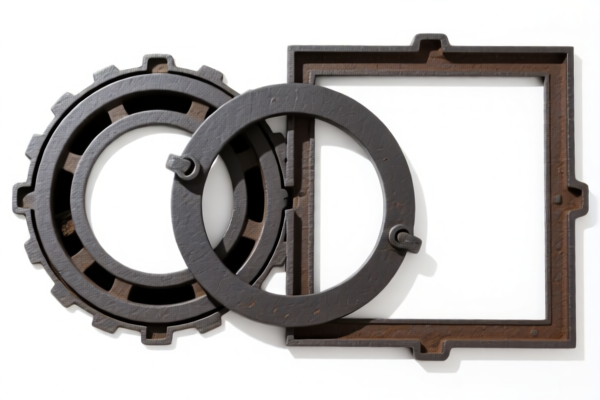| HS Code | Official Doc | Tariff Rate | Origin | Destination | Effective Date |
|---|---|---|---|---|---|
| 9701910000 | Doc | 37.5% | CN | US | 2025-05-12 |
| 9701990000 | Doc | 37.5% | CN | US | 2025-05-12 |
| 4906000000 | Doc | 37.5% | CN | US | 2025-05-12 |
| 4906000000 | Doc | 37.5% | CN | US | 2025-05-12 |
| 4819600000 | Doc | 55.0% | CN | US | 2025-05-12 |
| 4823901000 | Doc | 55.0% | CN | US | 2025-05-12 |
| 4823902000 | Doc | 55.0% | CN | US | 2025-05-12 |




Hanging Scroll
A hanging scroll (卷轴画, juànshūhuà in Chinese; kakemono in Japanese) is a scroll painting or calligraphy traditionally displayed in East Asian interior design. It is a prominent art form in China, Japan, Korea, and Vietnam, and has a rich history spanning centuries.
Material:
- Paper: Traditionally made from xuan paper (rice paper) in China, known for its absorbency and strength. Japanese washi paper serves a similar role. The quality of the paper significantly impacts the artwork's longevity and appearance.
- Silk: Used as a base for paintings, particularly for more elaborate works.
- Mounting Fabrics: Typically silk brocade or other fine fabrics used to reinforce and present the artwork.
- Wood: Used for the roller (typically bamboo or hardwood) and top and bottom rods (often hardwood or bamboo).
- Ink: Traditionally made from soot and animal glue, varying in shades of black. Color pigments are also used.
- Other: Seals (chops) – used by the artist and collectors to authenticate and mark ownership.
Purpose:
- Artistic Expression: A medium for painting, calligraphy, and conveying philosophical or literary ideas.
- Decoration: Enhances the aesthetic appeal of a room.
- Spiritual Practice: Often used in Zen Buddhism for meditation and contemplation.
- Social Status: Historically, owning and displaying high-quality hanging scrolls signified wealth, education, and refined taste.
- Gift Giving: A traditional gift expressing respect and admiration.
Function:
- Visual Display: The scroll is unrolled to reveal the artwork, typically viewed in a dedicated space.
- Variable Display: Scrolls can be rolled and unrolled to change the artwork on display, offering flexibility.
- Protection: The rolling mechanism protects the artwork from dust, light, and damage.
- Portability: Relatively easy to transport and store.
Usage Scenarios:
- Tea Rooms: Commonly displayed in traditional tea rooms to create a serene atmosphere.
- Homes: Displayed in alcoves (tokonoma in Japanese homes), living rooms, or studies.
- Temples and Monasteries: Used in religious settings for meditation and worship.
- Art Galleries and Museums: Exhibited as valuable works of art.
- Formal Occasions: Displayed during special events or gatherings.
Common Types:
- Landscape Scrolls (山水画, shānshuǐhuà): Depict natural scenery, often emphasizing philosophical themes.
- Figure Scrolls (人物画, rénwùhuà): Portraits or depictions of historical figures or everyday people.
- Flower and Bird Scrolls (花鸟画, huāniǎohuà): Representations of flowers, birds, and other natural elements.
- Calligraphy Scrolls (书法, shūfǎ): Featuring Chinese or Japanese calligraphy.
- Zen Scrolls (禅画, chánhuà): Abstract or minimalist works used in Zen Buddhist practice.
- Long Scrolls (长卷, chángjuàn): Horizontal scrolls, often depicting narrative scenes.
- Short Scrolls (短卷, duǎnjuàn): Vertical scrolls, more common for displaying in smaller spaces.
Hanging scrolls are typically paintings executed entirely by hand. Therefore, the following HS codes may be relevant:
- 9701910000: This HS code covers paintings, drawings and pastels, executed entirely by hand, other than drawings of heading 4906 and other than hand-painted or hand-decorated manufacture articles; collages, mosaics and similar decorative plaques: Other: Paintings, drawings, and pastels. This is applicable if the hanging scroll consists of paintings, drawings, or pastels created entirely by hand, excluding those specifically categorized under heading 4906 or those with hand-painted decorations on manufactured articles. The total tax rate is 37.5%, comprised of a 0.0% base tariff and a 7.5% additional tariff, increasing to 30.0% after April 2, 2025.
- 9701990000: This HS code covers paintings, drawings and pastels, executed entirely by hand, other than drawings of heading 4906 and other than hand-painted or hand-decorated manufacture articles; collages, mosaics and similar decorative plaques: Other: Other. This applies to hanging scrolls that fall under the general category of hand-executed paintings, drawings, or pastels, excluding those under heading 4906 or with hand-painted decorations on manufactured articles, but are not specifically classified as paintings, drawings, or pastels. The total tax rate is 37.5%, consisting of a 0.0% base tariff and a 7.5% additional tariff, which will increase to 30.0% after April 2, 2025.
Regarding both HS codes 9701910000 and 9701990000, please note that the additional tariff will change to 30.0% after April 2, 2025.
Customer Reviews
The page was good, but I found the section on the materials a bit too technical. Still, it was useful for getting started with HS code research.
The information on the function and usage of hanging scrolls was very well written. It helped me understand the cultural context of the product.
The explanation of the different types of hanging scrolls was fascinating. I learned a lot and can now better describe the products to my customers.
The list of HS codes was clear, but I wish there were more examples of what each code applies to. Still, it was very helpful.
The section on the tariff rate changes after April 2 was exactly what I needed to calculate my costs accurately. Great job!